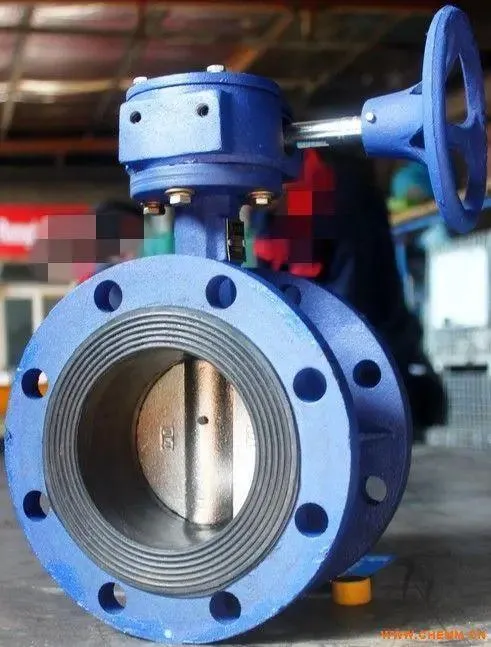Oct . 06, 2024 16:50 Back to list
cylinder bore gauge
Understanding the Cylinder Bore Gauge A Vital Tool for Engine Measurement
In the world of automotive engineering and maintenance, precision is key. The performance and longevity of an engine are significantly influenced by the dimensions of its components, particularly the cylinders. One of the indispensable tools used to ensure that these dimensions are accurate is the cylinder bore gauge. This instrument plays a critical role in the manufacturing and maintenance of engines, allowing engineers and mechanics to measure the bore diameter of an engine cylinder with high precision.
What is a Cylinder Bore Gauge?
A cylinder bore gauge is a specialized measuring tool designed to determine the internal diameter of a cylinder. It consists of a frame with a calibrated dial indicator attached, along with a set of measuring rods that can be adjusted for different cylinder sizes. The primary function of the bore gauge is to provide highly accurate measurements of the cylinder bore, which is crucial for assessing wear and ensuring proper fit for pistons and rings.
Why is Measuring Cylinder Bore Important?
Accurate measurement of the cylinder bore is essential for several reasons
1. Performance Efficiency The bore size directly affects the engine’s performance. An oversized bore can lead to reduced compression, while an undersized bore can cause excessive friction, impacting power output and fuel efficiency.
2. Wear Assessment Over time, engine components wear down, leading to changes in measurements. Regular assessments using a bore gauge can help determine when cylinders need to be re-bored or replaced, preventing more significant engine problems down the line.
3. Piston and Ring Fitment For optimal engine operation, pistons and rings must fit snugly within the cylinder. An accurate measurement of the bore is necessary for selecting the correct size of these components, ensuring a proper seal during operation.
4. Quality Control In manufacturing settings, bore gauges are essential for quality control processes. They help ensure that each cylinder produced meets the strict tolerances required for high-performance vehicles.
cylinder bore gauge

How to Use a Cylinder Bore Gauge
Using a cylinder bore gauge involves a few straightforward steps
1. Preparation First, ensure that the engine is properly disassembled and accessible. Clean the cylinder bore thoroughly to remove any debris or carbon build-up.
2. Setting Up the Gauge Insert the bore gauge into the cylinder bore, adjusting the measuring rods to make contact with the cylinder wall. It is crucial to ensure that the gauge is aligned properly for an accurate reading.
3. Taking the Measurement With the gauge in place, adjust the dial indicator until it reads zero on the scale. Then, gently rotate the gauge 90 degrees to measure the bore at multiple points. This ensures that the measurements account for any ovality or wear in the cylinder.
4. Interpreting Results Record the measurements and compare them to the manufacturer’s specifications for the engine. Any deviations may indicate that re-boring or replacing components is necessary.
Maintenance and Care of Cylinder Bore Gauges
To ensure longevity and accuracy, proper care of the cylinder bore gauge is crucial. Clean the tool after each use, avoiding any harsh chemicals or abrasive materials that could damage the measuring surfaces. Periodically calibrate the gauge to ensure that it provides accurate readings over time.
Conclusion
The cylinder bore gauge is a vital instrument in the automotive industry, providing the precision necessary for quality engine performance. With advancements in engineering, these tools have become even more refined and accurate, allowing for greater reliability and performance in modern engines. By understanding and utilizing a cylinder bore gauge, both mechanics and engineers can ensure that engines operate at their peak, leading to enhanced durability and efficiency. This tool exemplifies the importance of precision in engineering, underscoring that even the smallest measurements can lead to significant impacts on performance and reliability.
-
Y Type Strainer Maintains System Efficiency Long TermNewsJul.15,2025
-
Valve Selection Guide for Industrial ApplicationsNewsJul.15,2025
-
Steel Fab Table Provides Durable Work Surface for WeldingNewsJul.15,2025
-
Pad Iron Provides Stable Support for Heavy MachineryNewsJul.15,2025
-
One Inch Check Valve Fits Standard Plumbing SystemsNewsJul.15,2025
-
Measuring Micrometer Ensures Precise Dimensional AccuracyNewsJul.15,2025
Related PRODUCTS









